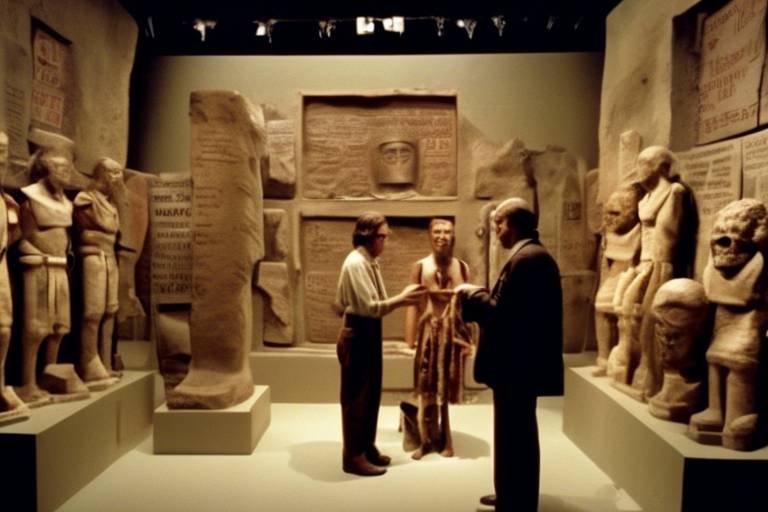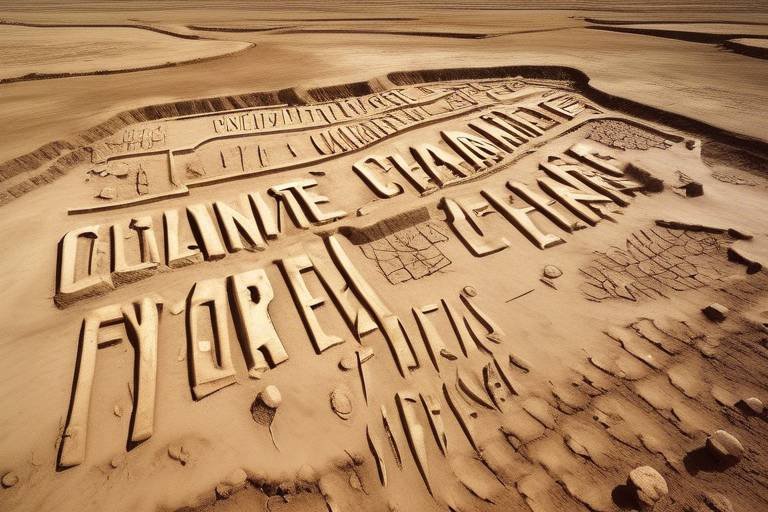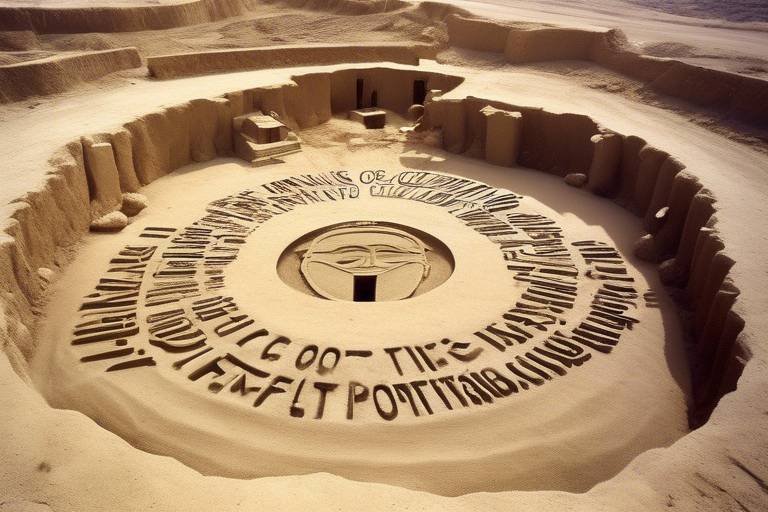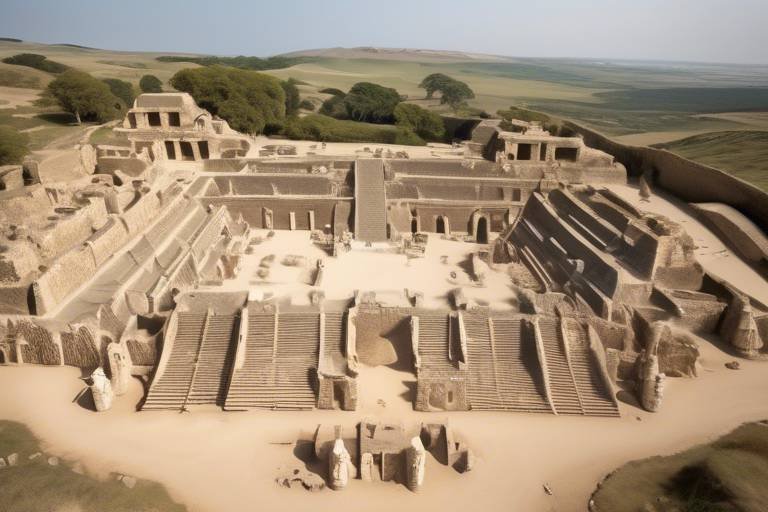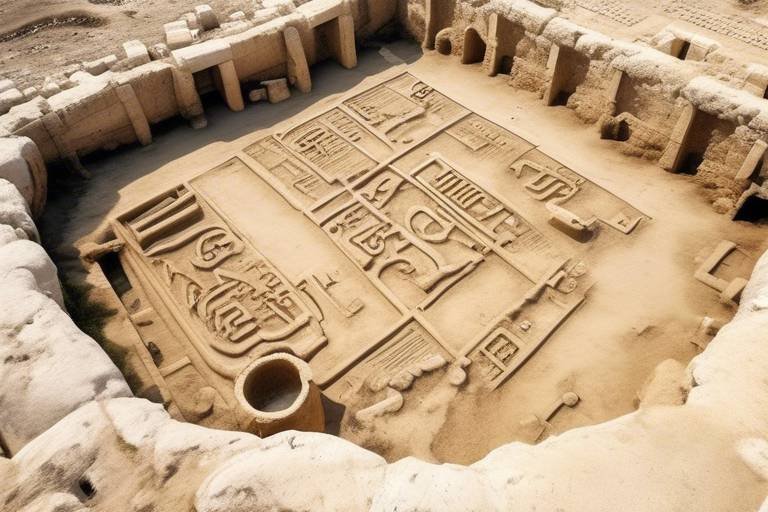Archaeology's Role in Revising Historical Timelines
Archaeology stands as a beacon of light in the realm of history, illuminating the shadows of the past with tangible evidence and unwavering dedication. Through meticulous excavations and the scrutiny of ancient artifacts, archaeologists embark on a journey to challenge existing historical narratives, breathing life into forgotten civilizations and reshaping the very fabric of human chronology.
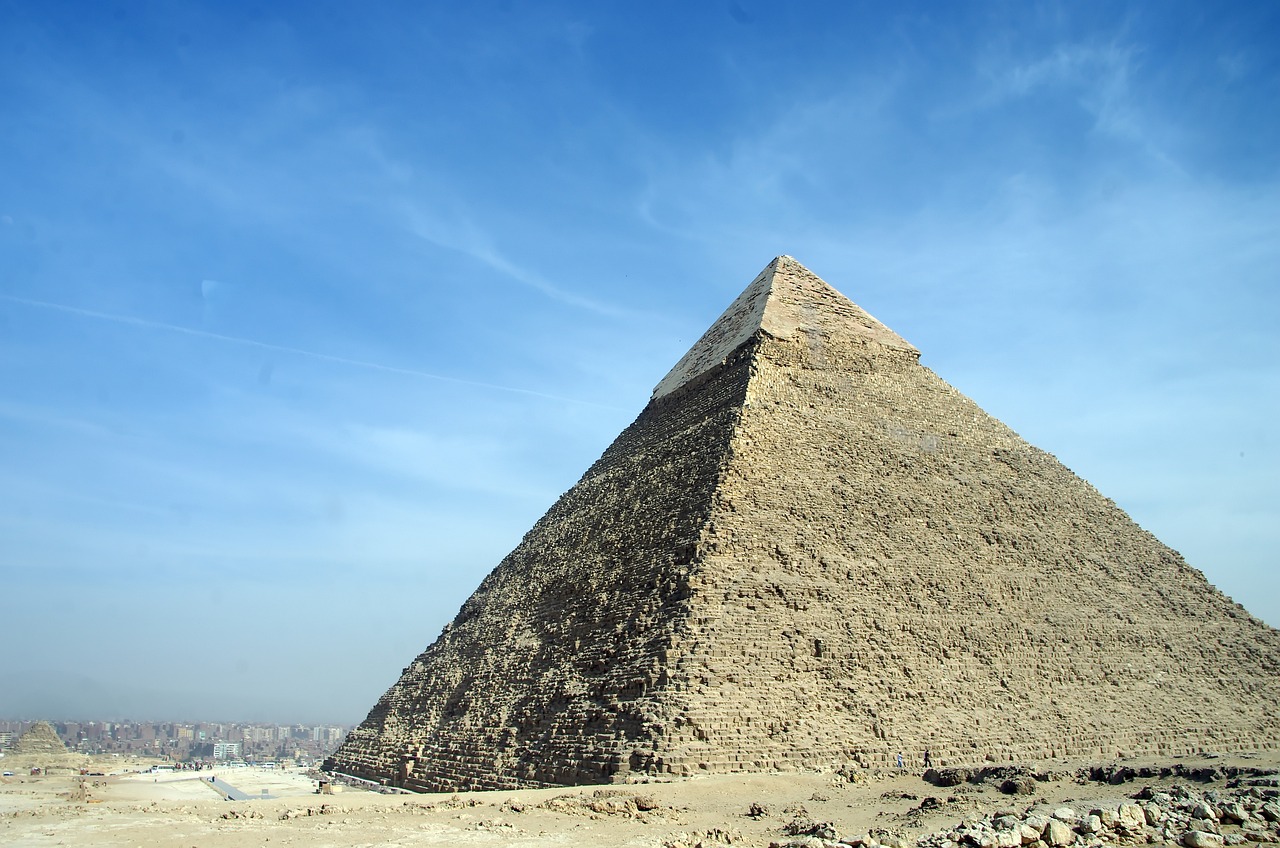
Carbon Dating Techniques
Carbon dating techniques are essential tools in archaeology for determining the age of organic materials with remarkable accuracy. By analyzing the decay of radioactive carbon isotopes in once-living organisms, archaeologists can establish a timeline for past civilizations' activities and existence. This method is particularly useful for dating bones, plant remains, and other organic artifacts, providing valuable insights into the chronology of human history.
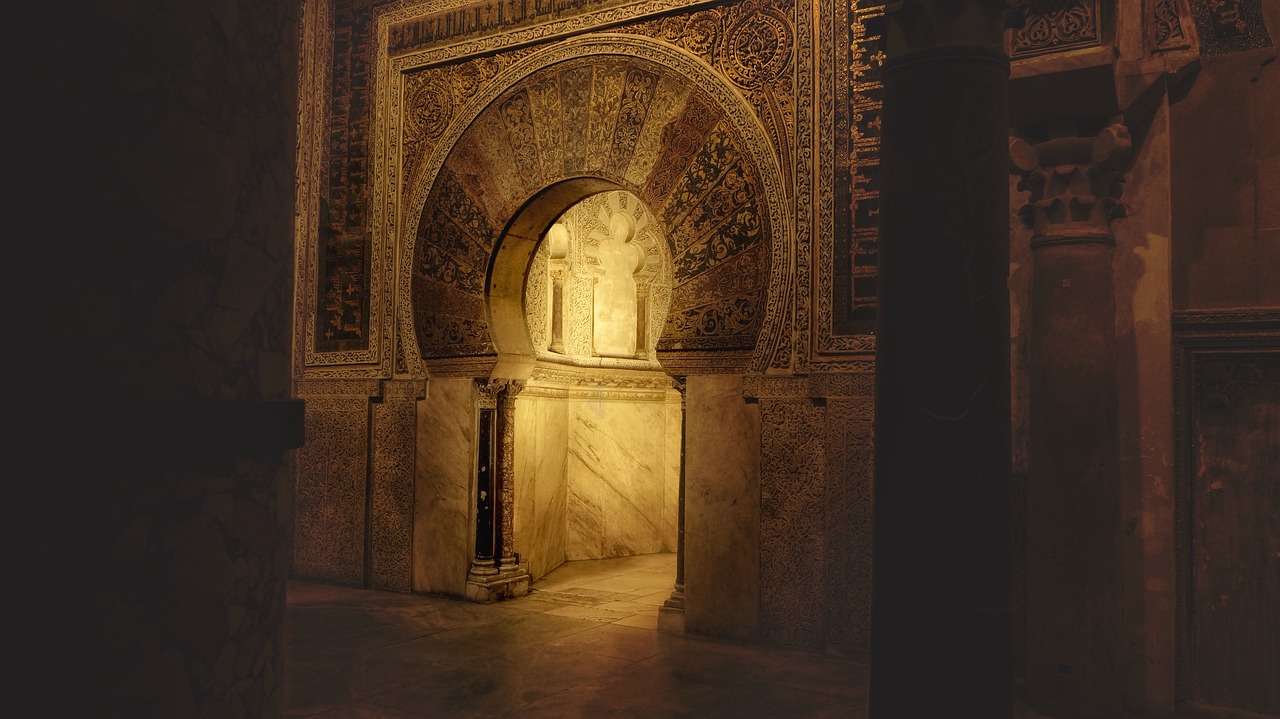
Ancient DNA Analysis
Ancient DNA analysis is a groundbreaking method in archaeology that allows researchers to delve into the genetic makeup of past populations. By extracting and sequencing DNA from ancient remains, such as bones and teeth, scientists can uncover valuable information about genetic lineages, migrations, and relationships between different groups of people throughout history.
This technique has revolutionized our understanding of human evolution and migration patterns, providing insights into how ancient populations spread across continents and interacted with one another. By comparing ancient DNA samples to modern populations, researchers can trace the movements of ancient peoples and reconstruct their genetic history.
Ancient DNA analysis has also shed light on the origins of specific traits and diseases in human populations, offering clues to the genetic adaptations that have shaped our species over time. By studying the genetic diversity of ancient individuals, scientists can infer details about population size, interbreeding events, and the impact of environmental factors on genetic variation.
Furthermore, ancient DNA analysis has the potential to challenge existing theories about human history and population dynamics. By revealing unexpected genetic connections between ancient civilizations or uncovering evidence of previously unknown migrations, this method can prompt revisions in historical timelines and reshape our understanding of the past.
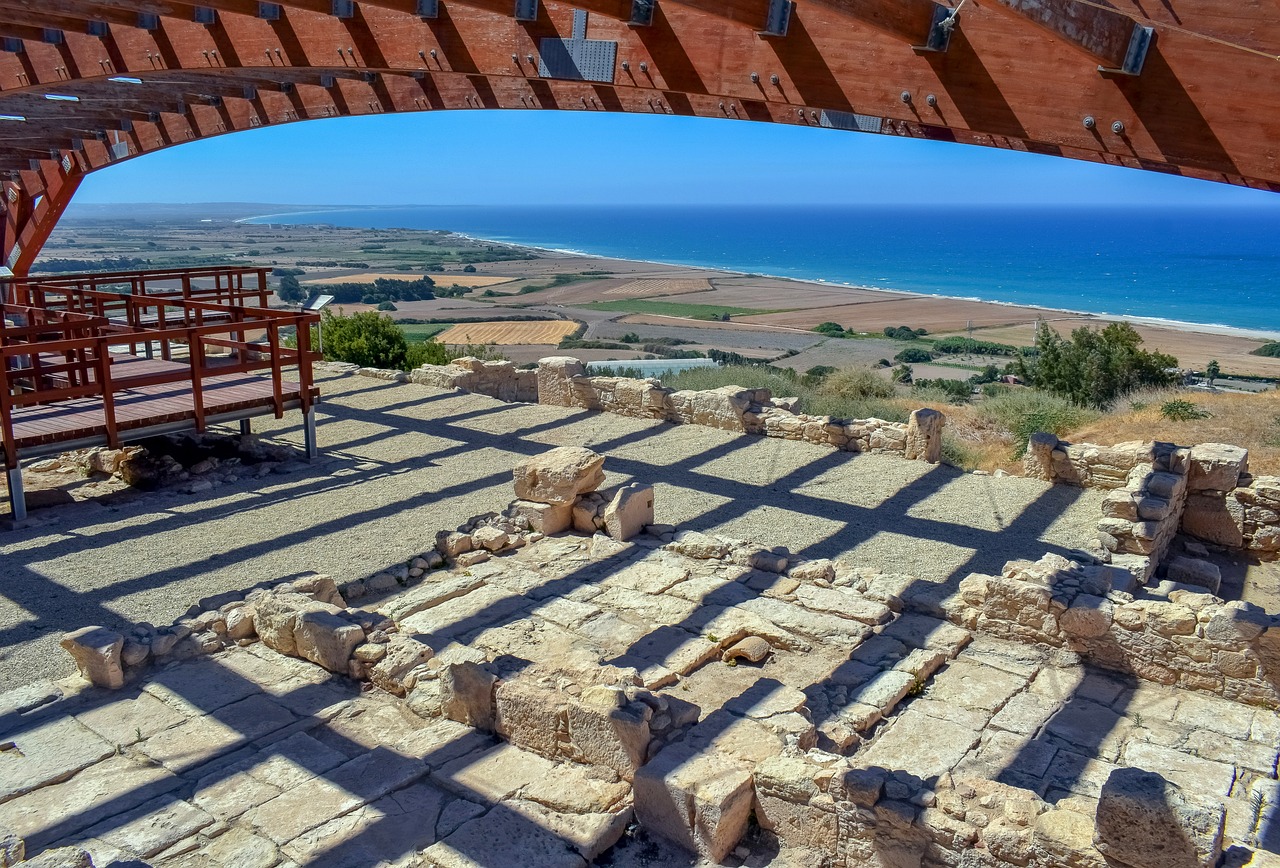
Stratigraphy and Seriation
Archaeology plays a crucial role in revising historical timelines by providing tangible evidence of past civilizations. Through excavations and analysis of artifacts, archaeologists challenge existing narratives and offer new insights into the chronology of human history.
Stratigraphy and seriation methods are fundamental in helping archaeologists establish the relative chronology of artifacts and sites. By examining the layers of soil and the positioning of objects within them, stratigraphy allows researchers to create a timeline of when different items were deposited. This stratigraphic sequence aids in understanding the development and evolution of a site over time. Seriation, on the other hand, focuses on the stylistic changes in artifacts to establish a relative chronology. By comparing the attributes of artifacts, such as their design or decoration, archaeologists can determine their temporal order. This method is particularly useful in dating objects that do not have a direct chronological marker. Combining stratigraphy and seriation enables archaeologists to construct accurate historical sequences and refine the understanding of past cultures and societies.

Technological Advancements in Dating Methods
Archaeology plays a crucial role in revising historical timelines by providing tangible evidence of past civilizations. Through excavations and analysis of artifacts, archaeologists challenge existing narratives and offer new insights into the chronology of human history.
Technological advancements in dating methods have significantly enhanced the precision and accuracy of determining the age of archaeological finds. One of the groundbreaking innovations in this field is luminescence dating, which measures the amount of trapped electrons in minerals to date the last time they were exposed to sunlight or heat. This method has revolutionized the way archaeologists date objects, especially those lacking organic materials.
Another important advancement is dendrochronology, or tree-ring dating, which utilizes the patterns of tree rings to establish the age of wooden artifacts and structures. By cross-referencing the tree-ring patterns with existing chronologies, archaeologists can assign precise calendar dates to archaeological samples, providing valuable insights into past events and cultural practices.
These technological advancements not only enable archaeologists to date artifacts more accurately but also contribute to refining historical timelines by providing a clearer understanding of the sequence of events in ancient civilizations.
Q: How do archaeologists determine the age of artifacts?
A: Archaeologists use various dating methods, such as carbon dating, luminescence dating, and dendrochronology, to determine the age of artifacts based on the materials they are made of and their environmental context.
Q: Why is it important to revise historical timelines?
A: Revising historical timelines is crucial as it allows us to gain a more accurate understanding of the past, correct misconceptions, and uncover new information that can reshape our knowledge of human history.
Q: How do technological advancements impact archaeological research?
A: Technological advancements in dating methods and analysis techniques enable archaeologists to conduct more precise research, date artifacts with greater accuracy, and uncover new insights that contribute to revising historical timelines.

Cultural Exchange and Trade Networks
Archaeology plays a crucial role in revising historical timelines by providing tangible evidence of past civilizations. Through excavations and analysis of artifacts, archaeologists challenge existing narratives and offer new insights into the chronology of human history.
Studying cultural exchange and trade networks through archaeological evidence helps in understanding the interconnectedness of ancient civilizations and revising historical timelines based on economic and social interactions. Imagine ancient merchants traversing vast lands, exchanging goods and ideas, leaving behind traces of their journeys in the form of pottery, coins, and exotic artifacts. These remnants act as clues, unraveling the intricate web of trade routes and cultural connections that once linked distant societies. By piecing together these fragments, archaeologists paint a vivid picture of how commerce and cultural exchange shaped the ancient world, reshaping our understanding of historical timelines.
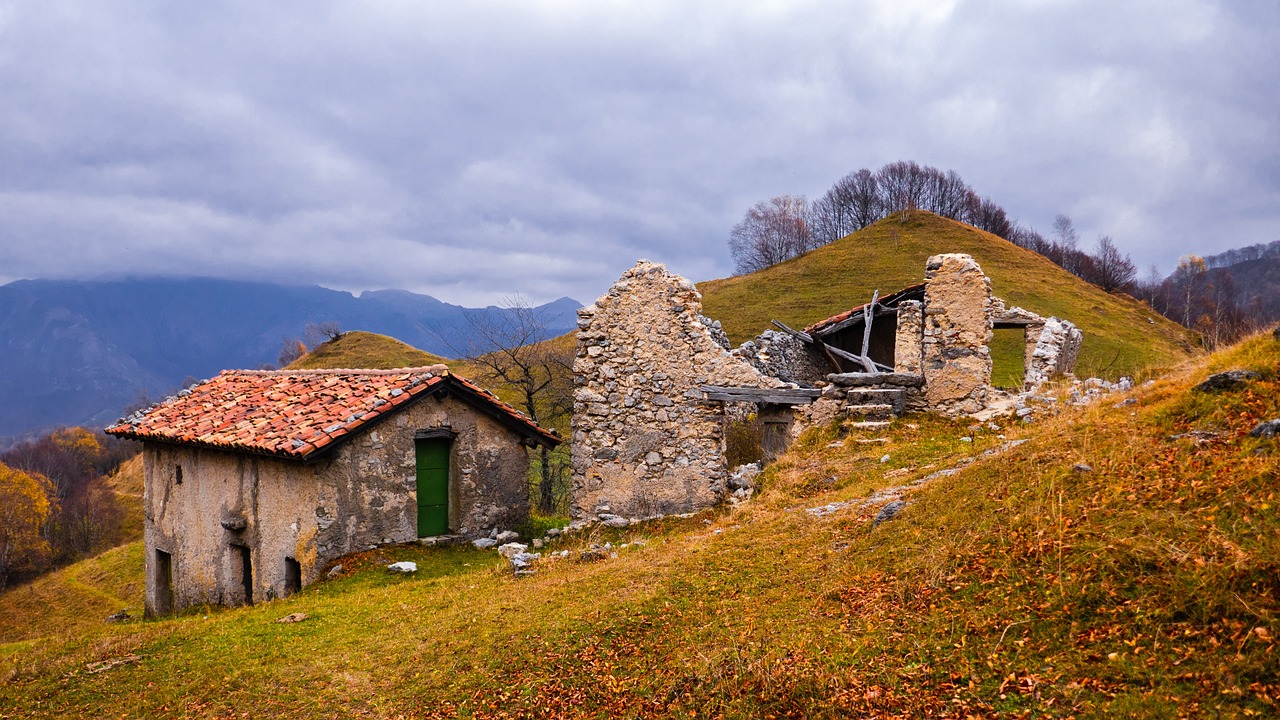
Urbanization and Civilization Development
Urbanization and Civilization Development play a pivotal role in reshaping historical timelines by unraveling the mysteries of ancient societies. Imagine walking through the remnants of a once-thriving city, where the echoes of bustling markets and busy streets still linger in the air. Archaeologists delve into these urban centers, uncovering clues about the evolution of civilizations and the factors that led to their rise and eventual decline.
Through meticulous excavations and analysis of architectural structures, artifacts, and urban planning layouts, researchers piece together the puzzle of urbanization. They trace the development of cities from humble beginnings to sophisticated metropolises, shedding light on the societal changes, technological advancements, and cultural exchanges that shaped these ancient hubs of activity.
Furthermore, the study of urbanization provides insights into the complexities of governance, social stratification, and economic systems within ancient civilizations. By examining the layout of streets, public buildings, and residential areas, archaeologists can infer the organization of power structures and the distribution of resources among the population.
Moreover, the discovery of trade networks and commercial hubs within urban centers unveils the interconnectedness of ancient societies. Goods from distant lands, exotic commodities, and cultural artifacts found in archaeological sites indicate the extent of trade routes and diplomatic relations that fueled the growth of civilizations.
Overall, the exploration of urbanization and civilization development through archaeology offers a window into the past, allowing us to reimagine the vibrancy and complexity of ancient cities and their inhabitants. By piecing together fragments of pottery, inscriptions, and architectural marvels, researchers reconstruct the narratives of bygone eras and revise historical timelines to reflect the dynamic evolution of human societies.

Climate Change and Environmental Impact
Climate change and environmental impact are critical factors that archaeologists consider when revising historical timelines. The study of archaeological evidence related to past climate fluctuations and environmental shifts provides valuable insights into how these changes influenced ancient societies. By analyzing pollen samples, tree rings, and sediment layers, researchers can reconstruct past climates and understand their impact on human settlements and cultural practices.
For example, sudden shifts in climate patterns, such as prolonged droughts or severe flooding, could have led to the collapse of civilizations or forced populations to migrate to more hospitable regions. These environmental pressures may have influenced the development of agricultural practices, trade routes, and social structures, ultimately shaping the course of history. By incorporating data from paleoclimate studies into archaeological interpretations, historians can refine historical timelines to account for the complex interplay between environmental factors and human activities.
Moreover, the examination of ancient flora and fauna remains can reveal how past societies adapted to changing environments and utilized natural resources. By studying the distribution of plant and animal species in archaeological sites, researchers can reconstruct past ecosystems and assess the ecological impact of human activities. This interdisciplinary approach not only enriches our understanding of ancient civilizations but also highlights the interconnectedness between human societies and the natural world.
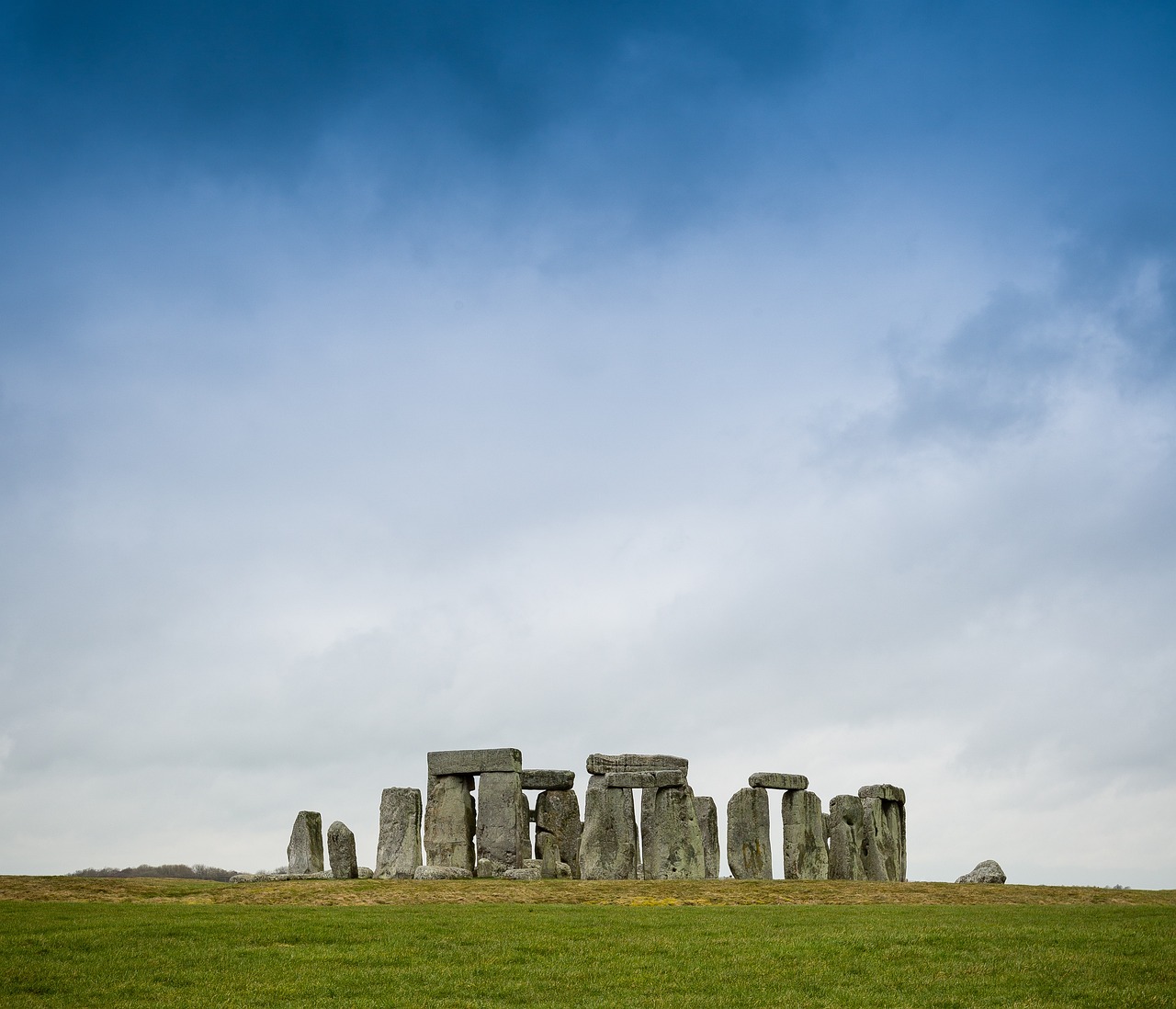
Deciphering Ancient Scripts and Languages
The decipherment of ancient scripts and languages is a fascinating aspect of archaeology that has significantly contributed to revising historical timelines. Imagine archaeologists as detectives, meticulously piecing together ancient puzzles written in hieroglyphics, cuneiform, and other ancient scripts. By unraveling these intricate languages, they unlock the stories of past civilizations, shedding light on their customs, beliefs, and interactions.
Through the decipherment process, researchers can translate inscriptions on artifacts, tablets, and manuscripts, providing valuable insights into the daily lives and historical events of ancient societies. This decoding of ancient languages not only enriches our understanding of the past but also challenges previous assumptions and timelines based on incomplete or misinterpreted records.
One of the most famous examples of decipherment is the Rosetta Stone, a key artifact that helped unlock the mysteries of Egyptian hieroglyphics. By comparing the text inscribed on the stone in three scripts—hieroglyphics, Demotic, and Greek—linguists were able to crack the code and translate ancient Egyptian writings, revolutionizing the study of Egyptology.
Similarly, the decipherment of Mesopotamian cuneiform tablets has revealed detailed accounts of ancient Mesopotamian civilization, including laws, literature, and historical events. These translations have reshaped our understanding of early urban societies and their contributions to human development.
As archaeologists continue to decipher more ancient scripts and languages, the historical timeline undergoes constant revision, with each new translation adding pieces to the intricate puzzle of human history. The ability to read and interpret these ancient texts not only deepens our connection to the past but also highlights the resilience and creativity of ancient civilizations in their quest to communicate across time.
Frequently Asked Questions
- What is the significance of archaeology in revising historical timelines?
Archaeology plays a vital role in revising historical timelines by providing concrete evidence of past civilizations through excavations and artifact analysis. It challenges existing narratives and offers fresh insights into the chronology of human history.
- How do carbon dating techniques help archaeologists?
Carbon dating techniques assist archaeologists in accurately determining the age of organic materials like bones and plant remains, thereby establishing a timeline for the existence and activities of past civilizations.
- What is the importance of ancient DNA analysis in archaeology?
Ancient DNA analysis allows researchers to trace genetic lineages and migrations, providing clues to population movements and interactions that can reshape historical timelines by offering insights into ancient societies.
- How do stratigraphy and seriation methods contribute to establishing historical sequences?
Stratigraphy and seriation methods help archaeologists establish the relative chronology of artifacts and sites, enabling the construction of accurate historical sequences by examining the layers and contexts in which artifacts are found.
- What role do technological advancements play in dating methods?
Recent technological advancements like luminescence dating and dendrochronology have revolutionized archaeology by allowing for more precise dating of archaeological finds, refining historical timelines, and providing deeper insights into the past.





